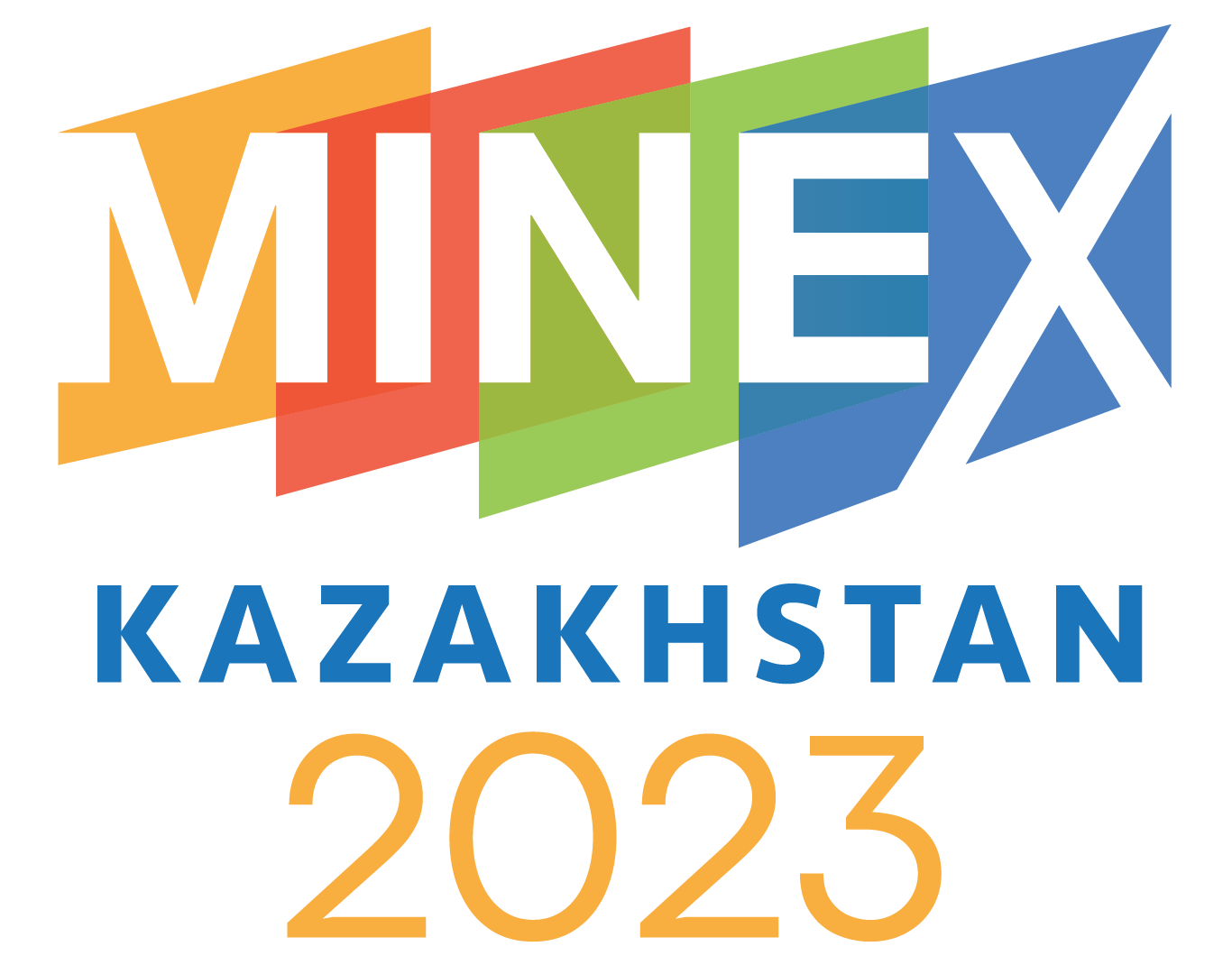
Among the countries with a high dependence on mineral resources, Kazakhstan is at a transition stage. To overcome the technological lag of the industries and create new base points of innovative growth, Kazakhstan is intensifying the introduction of digital technologies and developing cooperation between applied science and industrial enterprises. The issue of training personnel for the transition to Industry 4.0 has become key for mining enterprises.
- Creating a culture of production that embraces innovation and change.
- Regulation at the legislative level of R&D of subsoil user companies with the National Scientific and Technical Council.
- Strengthening partnerships with universities and technology providers to develop innovative approaches to education, research and development in the field of digitalisation of mining.
- Examples and prospects of scientific and technical cooperation between universities and subsoil user companies on the creation of pilot industrial installations for testing and industrial implementation of innovative technologies.
- Industry training system for the transition to Industry 4.0.
- Development of competence centres for the training of specialists in the development of digital technologies in the mining industry.
- Advanced methods and technologies of training, management and efficiency improvement.
- Incorporating new analytical tools and software into existing HR processes to improve data collection and decision-making capabilities.
- The use of digitalisation and automation tools to increase efficiency and minimise costs associated with time-consuming processes.

Main Topics:
• Where is it? Deciphering Soviet coordinates
• What is it? Translating soviet metal assemblages into minerals systems based metallogenic models in order to identify the optimal exploration tools
• What does the geology map tell me? How to compare and translate Soviet into western geological conventions and terminology
• How much do I need to spend, and how to get the best value out of this expenditure? Typical first-year minimal exploration expenditure requirements, and an overview of ground geology, geochemistry and geophysics should be completed prior to planning drilling.
• What if I don’t have an experienced field team? Overview of remote sensing surveys (spectral and geophysical) that can be conducted in the first year to fulfill expenditure requirements and position oneself better for drilling.
• What do I need to prepare prior to drilling to comply with international exploration best practices? Introduction to geochemical QA-QC, types and sources of CRM.
• Can I bring in more rigs to speed up a discovery? The advantages of drilling less yet more intelligent and efficient metres, and what is required to get the best value out of drilling campaigns in Kazakhstan.
Who should attend:
This master class was designed to provide key information and insight to new and seasoned Kazakhstan exploration geologists and investors.

- Geological and structural mapping as the basis for forecasting and searching mineral deposits.
- Geological and structural mapping and complex structural analysis (field, laboratory, auxiliary methods);
- Automated lineament analysis of space images – an effective method for predicting potential ore-bearing structures;
- Multispectral analysis of satellite images – applied possibilities of the technique;
- Exploration of geological and structural models for selecting the best areas for prospecting for ore deposits (geological targeting);
- Analog tectonophysical modelling for the purposes of structural analysis and prediction of ore traps;
- Lack of structural analysis as a cause of erroneous geological models and unreliable forecast, incorrect assessment of forecast resources and reserves
